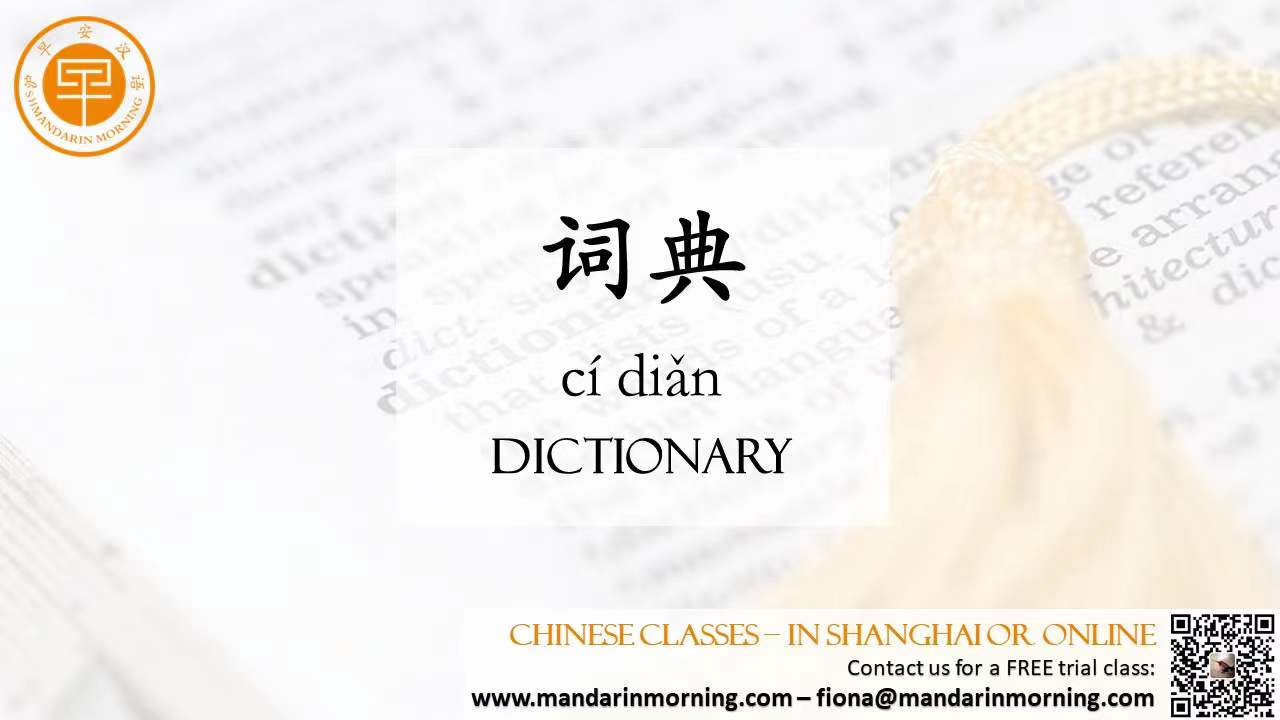Are you struggling with remembering the Chinese tones while learning Mandarin Chinese? There are some methods that might help you to never forget tones in your life. We already looked at two methods, here is part 2. Exaggerate The Tones Whether you’re reading a passage or doing your tone pair drills, say the tones with gusto! You might sound crazy at first, though it doesn’t really matter when you’re practicing on your own, does it? Giving that extra punch increases the chance of you actually remembering how the tones should sound, and the more you do this, the more you will improve your pronunciation. Each tone, kind of already sounds like it’s emoting a feeling anyway, with the first tone sounding like unbridled happiness and the third like utter confusion. All you have to do is exaggerate it a little more, turning it into a little theatrical production of your own, if you will. Mark Each Tone with a Different Color This one might require more effort than the rest, depending on what kind of learner you are. For those visual learners out there, a mnemonic device that might help is color coding. When a text is composed of so many characters and sentences, tones can be tough to keep up with. To make sure you’re reading the text correctly, you can assign each tone a different color, marking each character with the corresponding tone in order to read the passage correctly and fluently. Remember that this strategy might not work for everyone, so don’t spend time highlighting or marking characters if you don’t find this kind of visual aid helpful. Always Have a Dictionary Don’t worry if you make a mistake when trying to communicate with a Chinese speaker. It’s bound to happen when you’re learning. Mistakes are what help you learn and remember the right tones for certain characters. Having a dictionary will help you correct yourself, shed clarity on the situation and hopefully you won’t be making the same mistake twice. Of course, a physical dictionary isn’t absolutely necessary for moments like this, as there are a bunch of apps for getting the tones right that you can rely on. Sing Songs & Practice Tone Twisters One of the best ways as a beginner to get your mouth muscles accustomed to Chinese tones and pronunciation is to sing Chinese songs and practice Chinese tongue twisters. Tongue twisters in Mandarin will teach beginner speakers to communicate with firm, clear enunciation, creating the foundation for natural-sounding speech as they continue to develop their Chinese language abilities. Many students at the elementary and intermediate levels do not open their mouths widely enough when speaking Chinese which results in mumbled speech. When singing however, students must open their mouths in order to project and to produce a pleasing tone for each syllable. Once acquired, this habit carries over into everyday speech. |